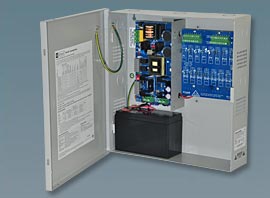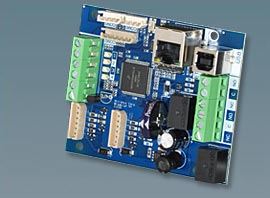NEC and Conduit Fills for Communications and Security Cabling

A question that comes up frequently for us when working on security projects with high density device counts is conduit fill. That National Electrical Code typically wants to limit conduit fill to less than 40% of the capacity for cables in the raceway. This is based upon the dimensions of the conductors and the potential for “jamming” or stressing the cable and potential thermal issues that could lead to electrical fires. This is referenced to apply to power cabling for AC power conductors.
We all know (or should know) that metallic low voltage communications cabling (e.g. CAT6 network, dry contact devices, card readers, etc) can’t be run in the same conduit as AC power cabling, so what is the limitation for conduit fill for low voltage security cabling?
Whenever you are in doubt, you should always consult with the AHJ, but in reality the NEC basically doesn’t care and it will likely never be inspected. The manufacturers of these cables may have some recommendations on maximum fill ratings to reduce the pulling tension to minimize stretching or damaging the cable, however. There are other factors in play of course: cable type, conduit type, distance, number of bends, and pulling lubricant used.
In short, be conservative with conduit fill for long runs of delicate small gauge multi-conductor cables like 22AWG TSP or CAT6A that could be damaged. But for vertical cores between floors that are typically very short runs, you can probably fill to 80% without any significant risk, as long as the cable is properly supported and there is sufficient room remaining to properly apply intumescent firestop sealant.
Posted in: Access Control, Security Consulting
Leave a Comment (0) →

